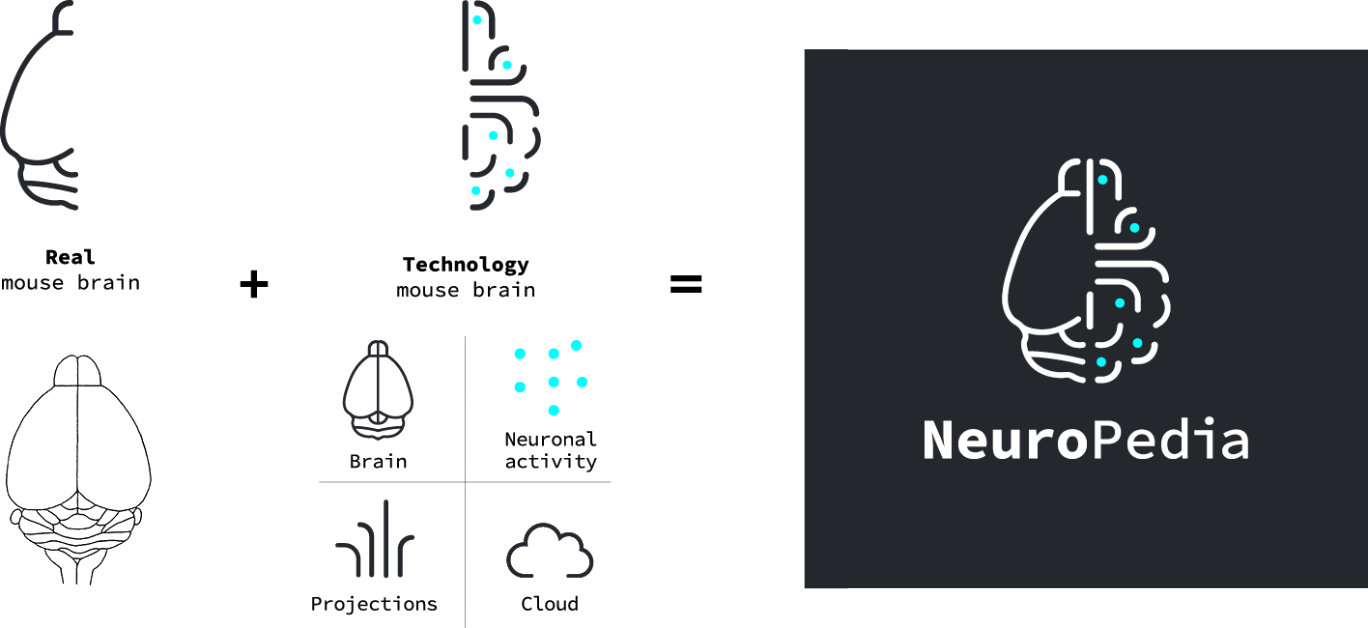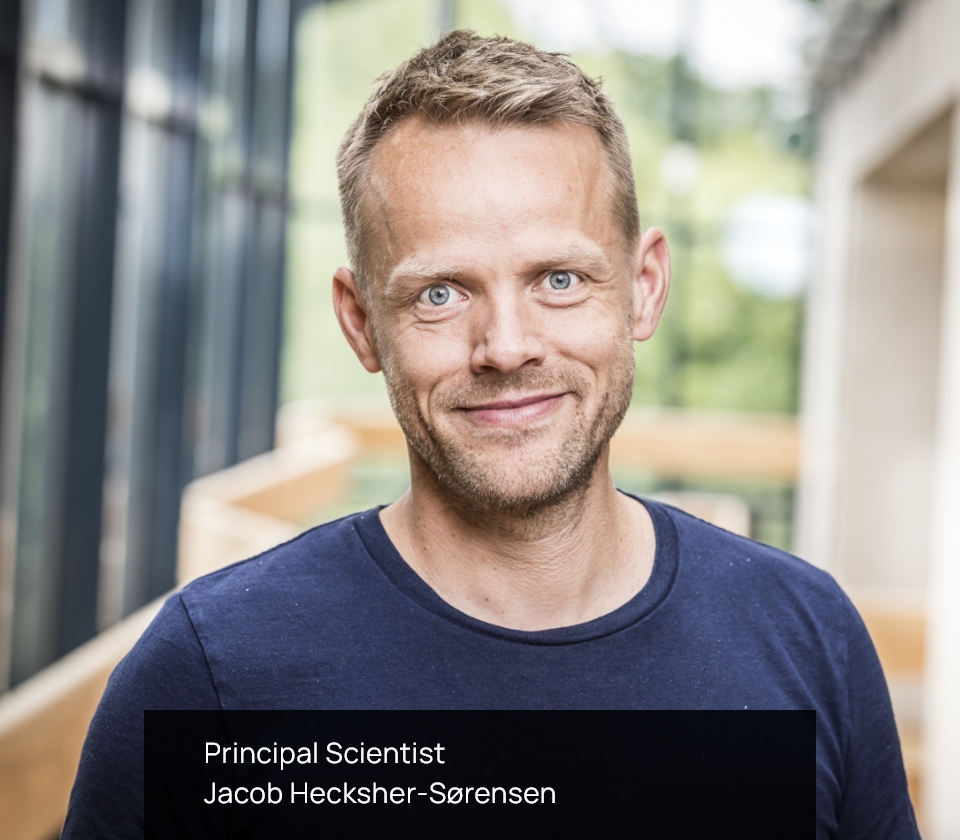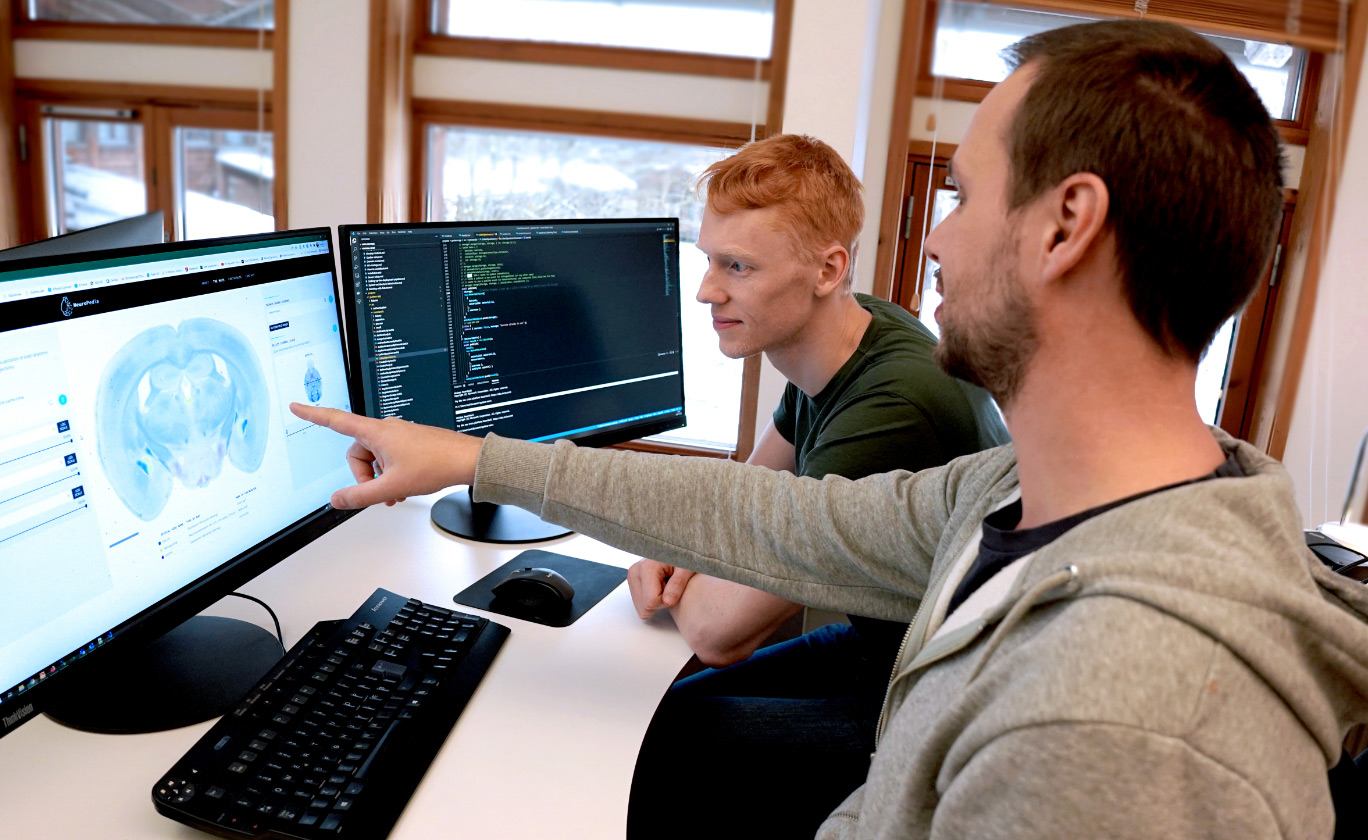The emergence of digital brain maps have the potential to revolutionize the way we study the brain
Aim
With NeuroPedia researchers of neuroscience and brain related diseases can share and compare virtual brain maps. It is possible to map out favourite gene expressions and to use this to generate new hypotheses. At the same time, scientists in the pharmaceutical industry and biotech can study the efficacy of their compounds or predict side effects.
The ability to share and compare virtual brain maps has the potential to change the way we study the brain.
Background
Historically, the brain has been difficult to study due to its complexity. However, with the emergence of digital brain atlases and sophisticated imaging technologies, this has become possible.
Light-sheet fluorescence microscopy (LSFM) in combination with whole organ immunolabeling has made it possible to visualize gene expression, connectivity or neural activation in a whole brain at single cell level. The 3D information from the imaged brains can subsequently be registered to a reference atlas. Once mapped, the resulting data can be compared or overlayed with all other maps generated using the same atlas.
With Neuropedia we
hope to advance
and accelerate brain research.
Principal Scientist
Jacob Hecksher-Søresensen
NeuroPedia is a platform for creating these maps and making them virtual and accessible to the research community. This way, we hope to expand and accelerate brain research and fight global diseases and conditions such as Parkinson’s, Alzheimer’s and obesity.
From raw data to virtual neuroscience
Name
The name indicates the aim. NeuroPedia is an open and free internet source which researchers from around the world can access for studying maps of whole brain gene expression, neuronal activity and connectivity. The maps generated are based on donations of whole mouse brains from both academia and industry.

The team
Quantitative 3D imaging using light sheet fluorescent microscopy is revolutionizing the way we look at pre-clinical endpoints and biodistribution. The imaging team at Gubra are at the forefront of this technological advancement. They came up with the idea of a shared site for virtual neuroscience and exploration of the mouse brain based on expression maps of whole mouse brains donated by laboratories across the world.
Read more under CONTRIBUTE.

